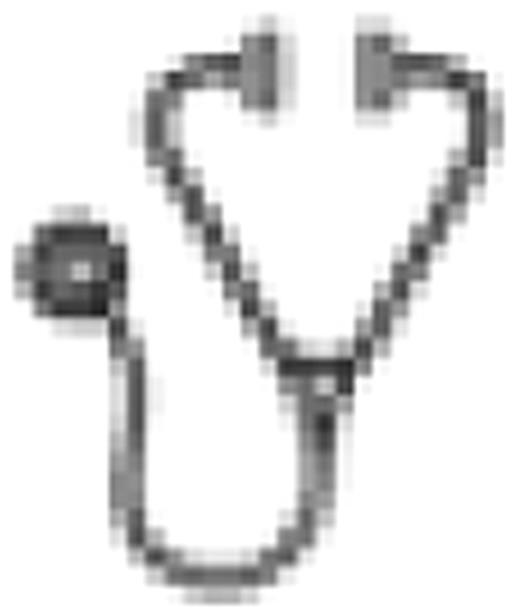Abstract
Abstract 3538
For patients who suffer hematologic malignancies and lack suitable HLA-matched sibling or unrelated donors, there is a need to develop a safe and effective method of hematopoietic cell transplantation (HCT) from an HLA-mismatched family donor. In a previous report including 29 patients with acute leukemia and myelodysplastic syndrome (MDS), we showed that HCT from an HLA-mismatched familial donor is feasible without ex vivo-T cell depletion when reduced-intensity conditioning (RIC) with busulfan (BU), fludarabine (FLU), and antithymocyte globulin (ATG) is performed (Biol Blood Marrow Transplant 15: 61–72, 2009). Since the publication, we have extended our experience of HLA-mismatched HCT using same approach in 54 additional patients. Thus, the entire cohort of 83 patients, transplanted between April 2004 and December 2009, consisted of 47 male and 36 female with median age of 40 years (range, 16–70). Fifty-two patients had acute myelogenous leukemia (AML), 16 had acute lymphoblastic leukemia (ALL), and 15 had MDS. Of 68 patients with acute leukemia, 15 were in their 1st complete remission (CR) status, 19 in 2nd/3rd CR, and 34 in a refractory state. Twelve patients had undergone allogeneic HCT previously. RIC included iv BU 3.2 mg/kg/day ×2, FLU 30 mg/m2/day ×6, and ATG [Thymoglobulin 3 mg/kg/day ×4 (n=69) or ×3 (n=12); or Lymphoglobulin 15 mg/kg/day ×4 (n=2)]. Cell donors (age, 3–68 years) were either mother (n=24), HLA-haploidentical sibling (n=21), or offspring (n=38) of the patients with a mean HLA-antigen disparities of 2.24/6 in both graft-versus-host and rejection directions. Eleven of 71 evaluated donor-patient pairs (15%) showed natural killer (NK) cell-alloreactivity. The donors received granulocyte-colony stimulating factor (10 μg/kg/day) for 4 to 7 days and underwent daily 2 to 5 leukapheresis. Collected cells were infused into patients without further manipulation [medians (range) of; 8.1 (1.8-17.0)x108/kg mononuclear cells, 7.5 (0.2-73.5)x106/kg CD34+ cells, and 4.8 (0.5-10.0)x108/kg CD3+ cells]. Graft-versus-host disease (GVHD) prophylaxis included cyclosporine and methotrexate. As a part of separate phase 1/2 studies, 20 patients received donor-derived NK cells (up to 1×108/kg) after HCT. Other than 7 patients who had progressive leukemia or died early, all remaining 76 patients achieved absolute neutrophil count >500/μL median 13.5 days (range, 9–53; cumulative incidence, 92%). Seventy-two patients achieved platelet count >20,000/μL median 17 days (range, 11–119; cumulative incidence, 87%). Cumulative incidences for grade II-IV acute and chronic GVHD were 20% (95% CI, 13–30%) and 35% (95% CI, 26–47%), respectively. After median follow-up of 16.3 months (range, 6.3–72.9), 4 patients experienced secondary graft failure (cumulative incidence, 5%; 95% CI, 2–13%). Sixteen patients died without leukemia/MDS progression (4 due to acute GVHD, 3 secondary graft failure, 2 pulmonary complications, 1 EBV-PTLD, 1 EBV hepatitis, 1 CMV colitis, and 4 other infections), giving 1-year transplantation-related mortality (TRM) of 18% (95%, 11–28%). Thirty-five patients experienced leukemia/MDS progression. Cumulative incidences for disease progression were 21% for patients with acute leukemia in the 1st CR, 35% for acute leukemia in 2nd/3rd CR, 71% for refractory acute leukemia, and 20% for MDS. Kaplan-Meier event-free and overall survivals were 62% and 61% for patients with acute leukemia in 1st CR, 55% and 35% for acute leukemia in 2nd/3rd CR, 8% and 6% for refractory acute leukemia, and 53% and 50% for MDS, respectively. Disease status [standard risk (acute leukemia in CR and low-risk MDS) vs. high risk (refractory acute leukemia and high-risk MDS)] was an independent predictors for disease progression (P<0.001), graft failure (P=0.007), 1-year TRM (P=0.005), event-free (P<0.001), and overall survivals (P<0.001). Previous allogeneic HCT was an independent predictor for disease progression (P=0.004). The degree of HLA mismatch and NK cell-alloreactivity between the donor and patient did not predict above outcomes. In patients with acute leukemia and MDS, HCT from an HLA-mismatched family donor is feasible with low frequencies of GVHD and TRM. Prospective studies have been initiated to compare the HCT outcomes among various cell donors (HLA-matched siblings vs. HLA-matched unrelated donors vs. HLA-mismatched family) in patients with acute leukemia in remission.
Lee:Genzyme: Honoraria; Otsuka Phamaceuticals: Consultancy.

This icon denotes a clinically relevant abstract
Author notes
Asterisk with author names denotes non-ASH members.

This feature is available to Subscribers Only
Sign In or Create an Account Close Modal